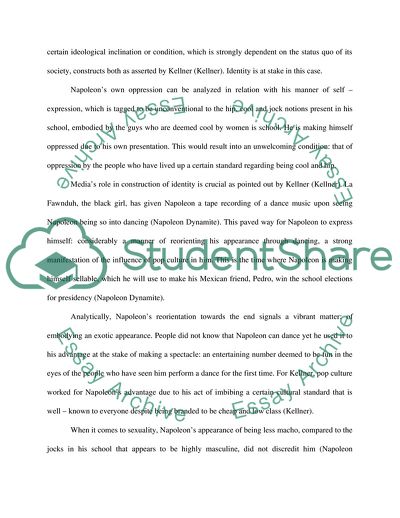Cite this document
(Napoleon Dynamite: Studying Culture and Stereotypes Movie Review, n.d.)
Napoleon Dynamite: Studying Culture and Stereotypes Movie Review. https://studentshare.org/visual-arts-film-studies/1779895-napoleon-dynamite-relation-to-sterotypes
Napoleon Dynamite: Studying Culture and Stereotypes Movie Review. https://studentshare.org/visual-arts-film-studies/1779895-napoleon-dynamite-relation-to-sterotypes
(Napoleon Dynamite: Studying Culture and Stereotypes Movie Review)
Napoleon Dynamite: Studying Culture and Stereotypes Movie Review. https://studentshare.org/visual-arts-film-studies/1779895-napoleon-dynamite-relation-to-sterotypes.
Napoleon Dynamite: Studying Culture and Stereotypes Movie Review. https://studentshare.org/visual-arts-film-studies/1779895-napoleon-dynamite-relation-to-sterotypes.
“Napoleon Dynamite: Studying Culture and Stereotypes Movie Review”. https://studentshare.org/visual-arts-film-studies/1779895-napoleon-dynamite-relation-to-sterotypes.


